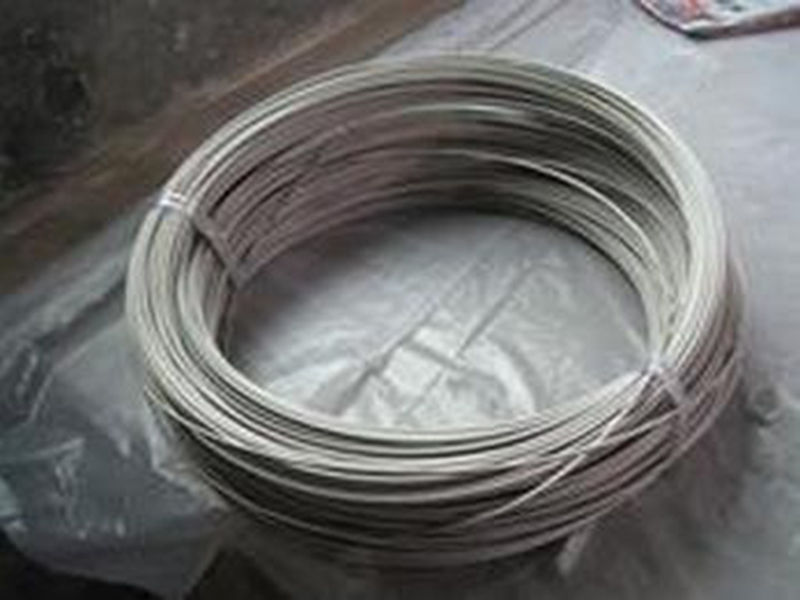The Rise of Titanium 3D Printing: Revolutionizing Manufacturing
- jojangsoo
- Mar 5
- 1 min read
Titanium 3D printing is transforming the manufacturing landscape, offering unprecedented precision and flexibility. As a key technology in the titanium industry, it’s gaining traction in aerospace, medical, and industrial sectors. Titanium Nova explores how this innovation can benefit your business.
How It Works
Titanium 3D printing uses Selective Laser Melting (SLM) or Electron Beam Melting (EBM) to fuse titanium powder layer by layer with high-energy lasers or electron beams. Unlike traditional forging, it eliminates the need for molds, cutting production time by 50%-70%.
Key Benefits
Complex Geometries: Enables the creation of intricate designs, such as internal channels in aerospace engine parts.
Material Efficiency: Reduces waste with a 90% recycling rate, aligning with sustainable practices.
Customization: Ideal for personalized medical implants, like hip joints tailored to individual patients.
Challenges & Solutions
Cost: High equipment and powder costs can be a barrier. Titanium Nova suggests partnering with tech providers to share expenses.
Quality Control: Micro-pores in prints require ultrasonic testing and heat treatment, which we offer to ensure reliability.
Industry Impact
The global titanium 3D printing market is projected to grow 15% in 2024, with major players like Boeing adopting it. Titanium Nova is investing in this technology to deliver high-value, custom titanium components.
Ready to leverage titanium 3D printing for your projects? Contact Titanium Nova’s expert team for tailored solutions and support!




Comments